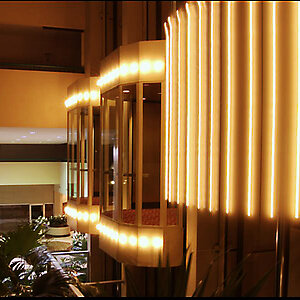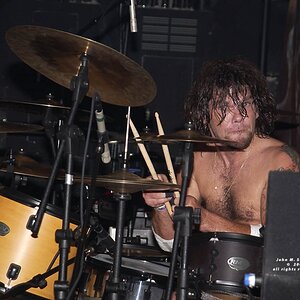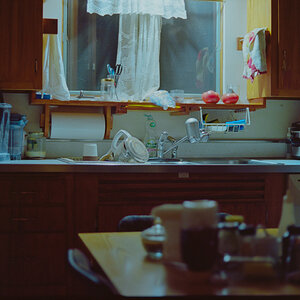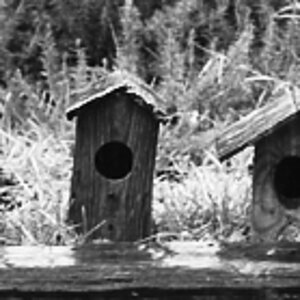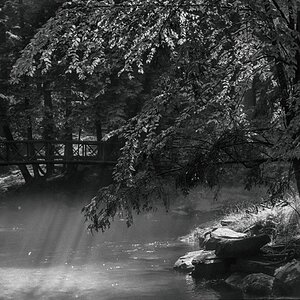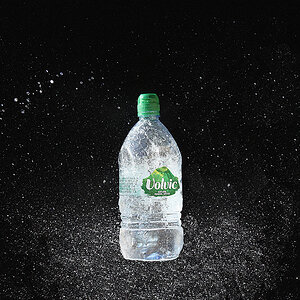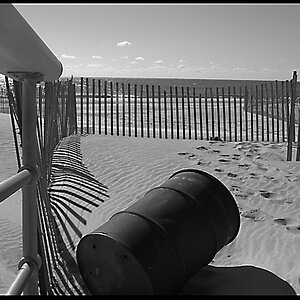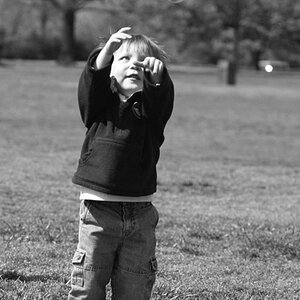PerfectlyFlawed
TPF Noob!
- Joined
- Feb 2, 2010
- Messages
- 2,408
- Reaction score
- 19
- Location
- Tempe, Arizona
- Website
- www.feliciakelsayphotography.com
- Can others edit my Photos
- Photos OK to edit
..Or even photography in general. ( so bare with me lol ):blushing:
What Exactly is Macro... and does that come standard with all the options or lenses???
I was going to purchase Either a Canon XSi. I Nikon D 3000 or 5000. and they come with a standard lenses kit..
im in love with all of these macro pics ive seen on here. <3:thumbup:

What Exactly is Macro... and does that come standard with all the options or lenses???
I was going to purchase Either a Canon XSi. I Nikon D 3000 or 5000. and they come with a standard lenses kit..
im in love with all of these macro pics ive seen on here. <3:thumbup:


